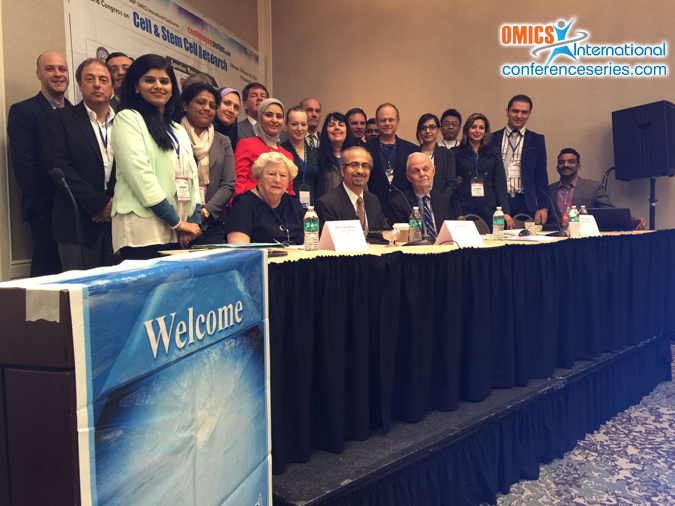
Biography
Biography: Diana Anderson
Abstract
The comet assay is an important toxicological method for measuring DNA strand breaks in single cells. Cells embedded in agarose on a microscope slide are lysed with detergent and high salt. Electrophoresis at high pH results in structures resembling comets, observed by fluorescence microscopy. The comet tail is formed by DNA fragments moving towards the anode. The assay can be used for genotoxicity testing of novel compounds and exotoxins, human bio-monitoring, molecular epidemiology, basic research into DNA damage and repair and effects of nanoparticles. DNA repair can be measured after treatment of cells with a DNA damaging (challenging) agent and measuring damage remaining after different time intervals or with repair enzymes. This overview will be illustrated with examples from the work of the author’s group and collaborators. These will include studies for genotoxicity testing of various agents for exotoxins the work with DBP halogenated acetic acids, for human biomonitoring and molecular epidemiology the work with mother and babies, diabetes and lead-exposed children and for fundamental research that with drug resistant non-Hodgkin’s lymphoma patients over-expressing p53 mutant protein and lacking DNA repair. Most of this work has been carried out in somatic human lymphocytes but it can also be carried out in germ cells as human sperm. Using sperm, the oestrogens can cause DNA damage which can be diminished with anti-oxidants suggesting an oxygen radical involvement. Also as age increases in men so there is an increase in DNA damage. The comet assay can be modified and used as an innovative blood test to predict cancer. From a regulatory viewpoint, the assay is regarded as an indicator test but is incorporated into guidelines in some countries.

